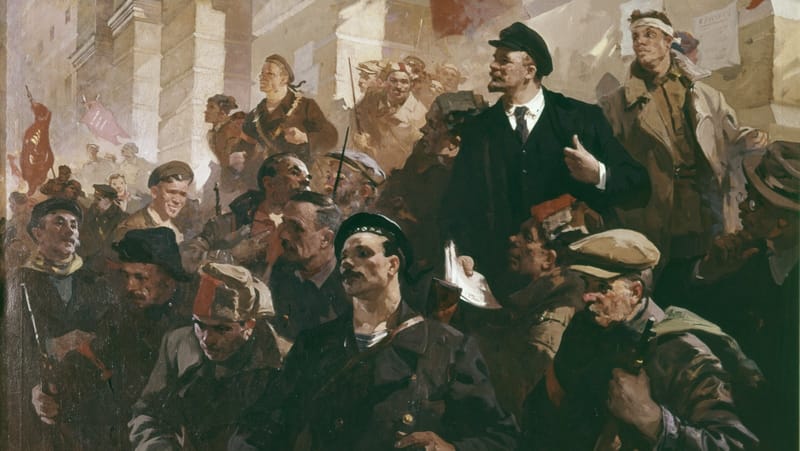Social

Russia was composed primarily of poor farming peasants, with 1.5 percent of the populace holding 25% of the land. Social inequality was evidently prominent among the working class, given that workers were divided on the basis of their occupation. The centuries of oppression of the lower classes by the Tsarist regime, along with Nicholas' failures in World War I, ultimately contributed heavily to the sociological causes of the Russian Revolution. Spite of the fact that agrarian peasants had been emancipated from serfdom in 1861, they loathed providing redemption payments to the state and demanded municipal tenure of the land they worked. The objective of securing control of their land fueled an increase in peasant disturbances and entirety comprehensive revolts. Russia's accelerated industrialization similarly resulted in urban congestion and inadequate conditions for industrial workers. Between 1890 and 1910, the population of St. Petersburg surged from 1,033,600 to 1,905,600. There was accordingly no sufficient running water, and mounds of human waste; posing a threat to the healthcare of the laborers. Nonetheless, World War I simply added to the broad instability, where conscription swept up unwillingly in all regions of Russia. The overwhelming demand for factory production of war supplies and workers erupted in a slew of new labor protests, riots, and strikes. Enlistment drove skilled workers from the cities, forcing the replacement of untrained peasants, and when famine erupted, artisans departed the cities in droves in search of food. Gradually, the soldiers themselves were dissatisfied with Russia's poor accounting throughout the war, owing to a lack of equipment and protection from the elements. Social unrest led to the February Revolution and the abdication of Tsar Nicholas II.
